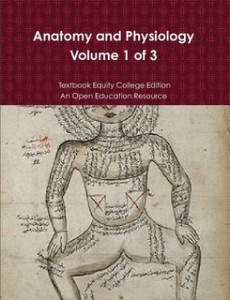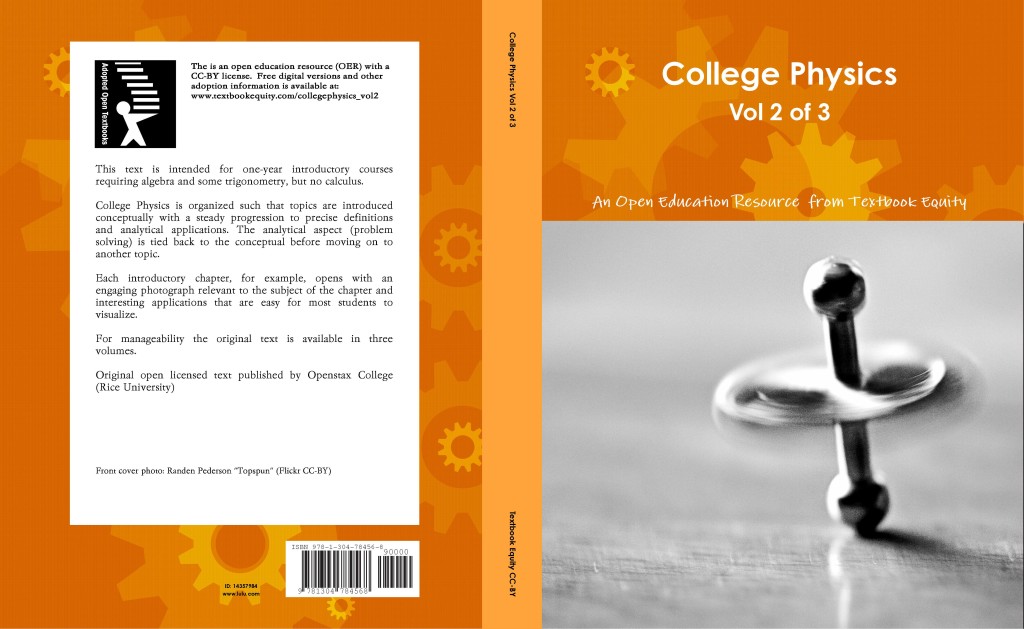Giving it away for free: sharing really is caring in the open education movement
By Ruth Jelley, La Trobe University and Christopher Scanlon, La Trobe University
The New York Times dubbed 2012 the year of the MOOC. And for many, the seemingly unstoppable rise of Massive Open Online Courses – courses which are offered for free by prestigious universities – is where the discussion about open education begins and ends.
But MOOCs are only the most visible part of a larger movement, one that is slowly but surely transforming the way we do education and think about educational products and services.
Welcome to the world of open educational resources (OER).
OERs include everything from peer-created and edited texts and ebooks to sound recordings and videos that are licensed for open use and re-use. Where publishers normally impose hefty fees (mainly paid for by students) for the use of their products and services, and impose restrictions on how content can be used, the ethos of the open educational resource movement is share and share alike.
OERs are created in open formats rather than those that are owned by large companies and distributed under open licence regimes such as Creative Commons.
Rather than locking users into a particular format or a particular publishing ecosystem, such as iTunesU, the OER movement encourages experimentation and reuse via the open web. More particularly, the OER movement seeks nothing less than a revolution in breaking down the barriers to sharing knowledge, especially those barriers that separate the developed and developing worlds.
It sounds good, but is OER pie-in-the-sky thinking? Why would anyone spend their valuable time developing content only to give it away? Surely only the most utopian optimist high on the fumes of the internet could imagine that OERs will have a life.
There are many reasons why the future is bright for open educational resources. The model of commercial publication of academic research, where publicly funded research is locked up and sold by commercial publishers, is increasingly coming under challenge. And it’s not just a motley collection of annoyed academics, either.
Research bodies in countries including Australia the US and the UK are insisting on open access to research as a condition of their funding. If widely adopted, developing open research resources won’t just be good practice. Increasingly it will be a requirement of funding.
For example, in October last year, the Australian Research Council announced that it was looking at mandating open access for scientific research that it funds.
Similarly, this year US Office of Science and Technology Policy Director John Holdren issued a memo to ensure that Federal agencies with more than US$100 million in research and development expenditures to make the results of federally funded research freely available to the public within one year of publication.
The move towards open access isn’t restricted to the education sector. The Australian Attorney-General has endorsed a recommendation that Australian government agencies license their Public Sector Information under a Creative Commons attribution licence.
While the flurry of activity around open access might seem new, OER isn’t new at all. It’s simply a new term for a set of practices and ideas that are as old as Socrates. What we now call “higher education” has for most of human history been based on a gift economy where intellectuals and those with intellectual training essentially gave away the fruits of their labour — or did so without expectation of gain.
That started to change in the latter half of the twentieth century when education and educational services and products came to be regarded as products, much like any other. Ever since, the costs of education have skyrocketed, putting quality education out of reach for all but the most privileged.
The OER movement seeks to use the internet to reverse this trend. It’s about returning us to an intellectual culture that more closely resembles gift exchange.
Australian institutions have jumped on the open education bandwagon but not in a way that embraces these aspirations – we’re still looking at it as an education-as-service model. In doing so, we could be at risk of closing ourselves off from the real purpose of the open education movement.
Ruth Jelley is affiliated with the Open Education Working Group at La Trobe University and is employed by the Faculty of Business Economics and Law to investigate OER implementation.
Christopher Scanlon does not work for, consult to, own shares in or receive funding from any company or organisation that would benefit from this article, and has no relevant affiliations.

This article was originally published at The Conversation.
Read the original article.
 “College Biology” Volume 2 of 3
“College Biology” Volume 2 of 3


 Now Available! Exam Question Bank Volume 1
Now Available! Exam Question Bank Volume 1


 “College Physics” Vol 2 of 3 (Chapters 13 – 24) 2012 (
“College Physics” Vol 2 of 3 (Chapters 13 – 24) 2012 ( College Physics Textbook Equity Edition Volume 3 of 3
College Physics Textbook Equity Edition Volume 3 of 3